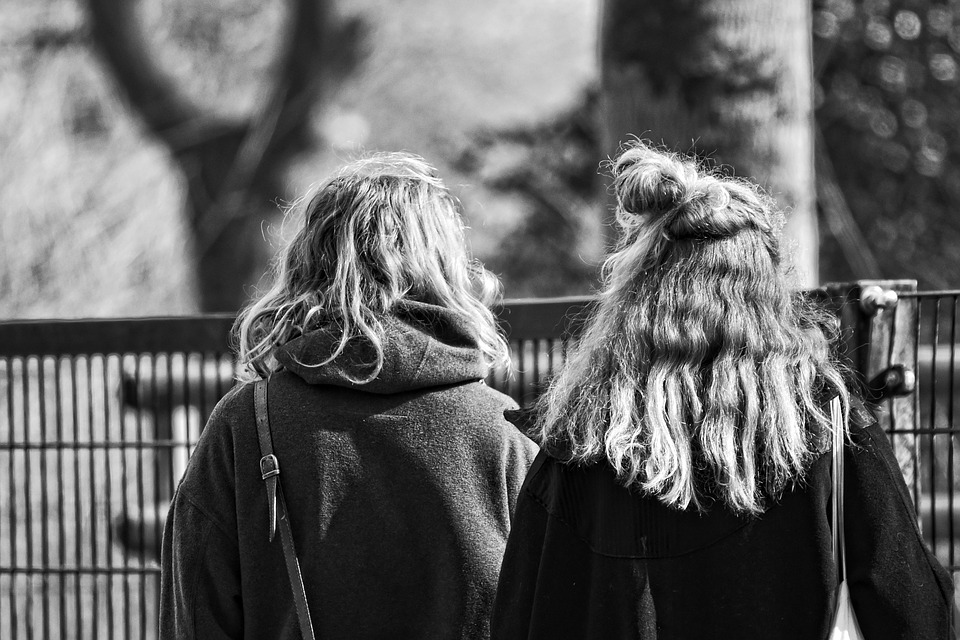TrichotillomaniaTrichotillomania, also known as trich, is when someone can’t resist the urge to pull out their hair.They may pull out the hair on their head or in other places, such as their eyebrows or eyelashes.
Trich is more common in teenagers and young adults, and tends to affect girls more often than boys.
Symptoms of trichotillomania
People with trich feel an intense urge to pull their hair out and they experience growing tension until they do. After pulling their hair out, they feel a sense of relief.
A person may sometimes pull their hair out in response to a stressful situation, or it may be done without really thinking about it.
Most people with trich pull out hair from their scalp, but some pull out hair from other areas, such as their:
eyebrows
eyelashes
genital area
beard or moustache
Bald patches left on the head tend to have an unusual shape and may affect one side more than the other.
Trich may cause feelings of shame and low self-esteem. Those affected may try to keep their condition to themselves.
Causes of trichotillomania
It’s not entirely clear what causes trich. It could be:
your way of dealing with stress or anxiety
a chemical imbalance in the brain, similar to obsessive compulsive disorder (OCD)
changes in hormone levels during puberty
a type of self-harm to seek relief from emotional distress
For some people, hair pulling can be a type of addiction. The more they pull their hair out, the more they want to keep doing it.
When to see a GP
See your GP if you’re pulling your hair out or if you notice that your child is.
You should also see your GP if you or your child has a habit of eating hair. This can cause hairballs to form in the stomach, leading to serious illness.
Your GP may examine areas where the hair is missing to check that nothing else is causing the hair to come out, such as a skin infection.
If your GP thinks you have trich, you may be referred for a type of treatment called cognitive behavioural therapy (CBT).
Treating trichotillomania
Trich is commonly treated using a type of CBT called habit reversal training.
This aims to help you replace a bad habit with something that’s not harmful. Treatment usually involves:
keeping a diary of your hair pulling
working out the triggers for your hair pulling and learning how to avoid them
replacing hair pulling with another action, like squeezing a stress ball
involving loved ones to provide emotional support and encouragement
Antidepressants are no longer considered to be an effective treatment for trich.
Things you can try yourself
Here are some tips from people with trich that may help when you feel the urge to pull your hair:
squeeze a stress ball or something similar
form a ball with your fist and tighten the muscles in that arm
use a fidget toy
wear a bandana or a tight-fitting hat, such as a beanie
come up with a saying that you repeat out loud until the urge to pull passes
take a soothing bath to ease any stress or anxiety
practise deep breathing until the urge to pull goes away
exercise
put plasters on your fingertips
cut your hair short
Getting support
It may also help to open up about your trich to people you trust, as hiding it can sometimes make your anxiety worse.
Many people who have learned to manage their trich say that speaking to others about the condition led to a reduction in hair pulling.
The charity Trichotillomania Support has a busy online forum where you can get advice and support from other people affected by the condition. It also has lots of information on treatments and self-help advice.
